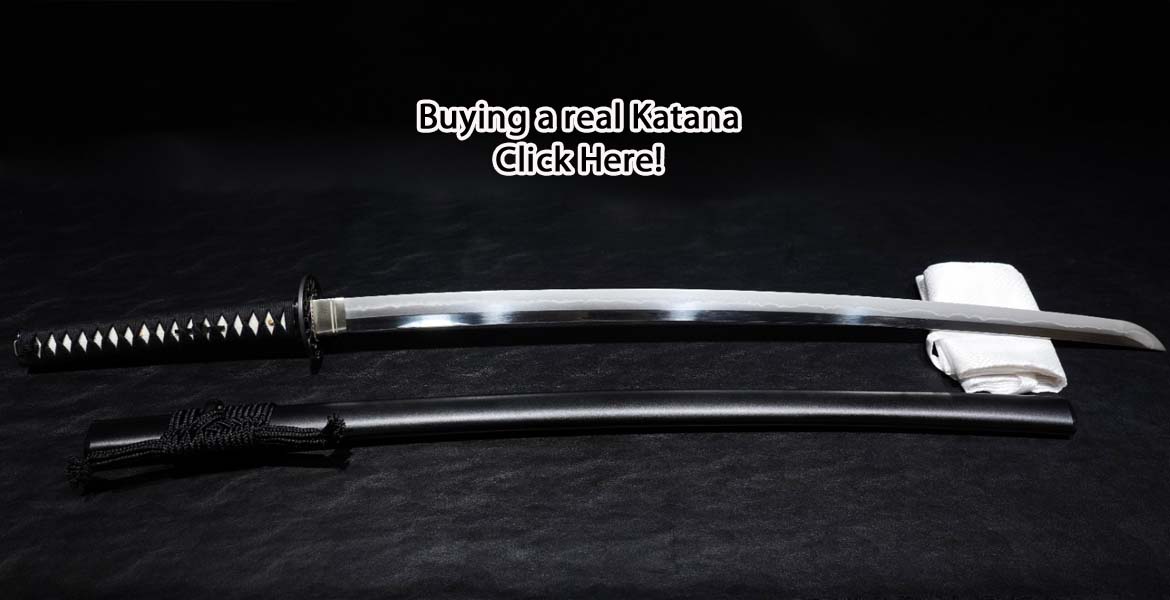How many layers of steel does a katana have ?
A katana is a traditional Japanese sword known for its sharpness, durability and elegance. One of the most interesting aspects of a katana is its construction, specifically the number of layers of steel used.
The construction of a katana
An authentic katana is made by folding several layers of steel together and then forging them. This technique is known as " damascus " or " folded steel". The purpose of this is to make the sword stronger and more flexible.
Approximately 8 to 16 folding patern with more than 65.000 layers of steel were used when forging a katana . The blacksmith would forge and fold the steel, over and over, creating multiple layers. This process was repeated until the desired number of layers was achieved.
Why are so many layers used?
Using multiple layers of steel has several advantages for a katana . Firstly, it increases the strength and resilience of the blade. By folding and stacking the steel plates, any weak spots are eliminated and the risk of breakage during use is reduced.
In addition, the folding process ensures that the carbon in the steel is evenly distributed. This results in a harder cutting edge that retains long-lasting sharpness. The many layers together with the differential hardening through clay also create a beautiful pattern, known as " hamon ", which can often be seen along the edge of the sword.
More modern techniques
For example, some blacksmiths use different types of steel with varying properties to achieve an optimal balance between strength and flexibility.
In addition, the number of layers of steel can vary depending on the blacksmith and his personal preference. Some modern katanas may have less than 8 plies, while others sword blades may have more than 14.
A matter of craftsmanship
The number of layers of steel used in making a katana is therefore not a given, but rather depends on the blacksmith and his expertise. A skilled blacksmith can successfully produce a high-quality katana regardless of the exact number of layers of steel used.
Whether a katana has 8, 12, or even more folding patern with more than 65.000 layers of steel, it is important to remember that the craftsmanship and quality of the smith are crucial to the sword's final performance and durability.
Conclusion
An authentic katana is usually made using many layers of steel forged and folded on top of each other. This process increases the strength, resilience and sharpness of the sword. Although traditionally between 8 and 16 layers were used, the number can vary depending on modern techniques and the blacksmith's personal preferences.
Ultimately, the craftsmanship and expertise of the blacksmith is essential to a high-quality katana , regardless of exactly how many layers of steel are used.


.JPG)
